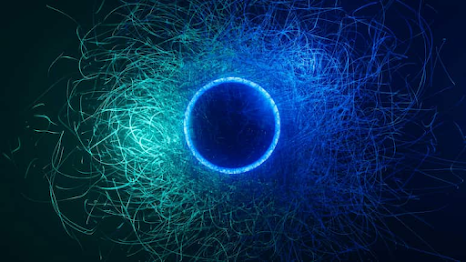Twisted Edison: How Spiraling Light Could Transform Autonomous Vision

Researchers at the University of Michigan discovered a way to produce bright, twisted light using technology akin to an Edison bulb. This breakthrough revisits the principles of blackbody radiation , offering the potential for advanced robotic vision systems capable of distinguishing subtle variations in light properties, such as those emitted by living organisms or objects. Bright, Twisted Light: A Surprising Innovation Researchers at the University of Michigan have demonstrated that bright, twisted light can be generated using technology reminiscent of Edison’s iconic light bulb. This discovery not only deepens our understanding of fundamental physics but also opens new possibilities for robotic vision systems and other applications involving light that spirals through space in a helical pattern. “It’s hard to generate enough brightness when producing twisted light with traditional ways like electron or photon luminescence ,” explained Jun Lu, an adjunct research investigator in chem...












